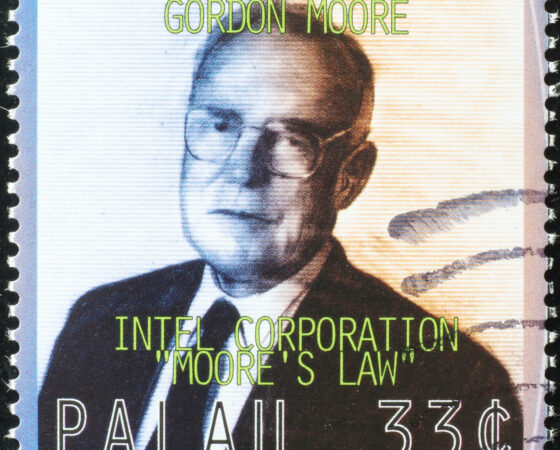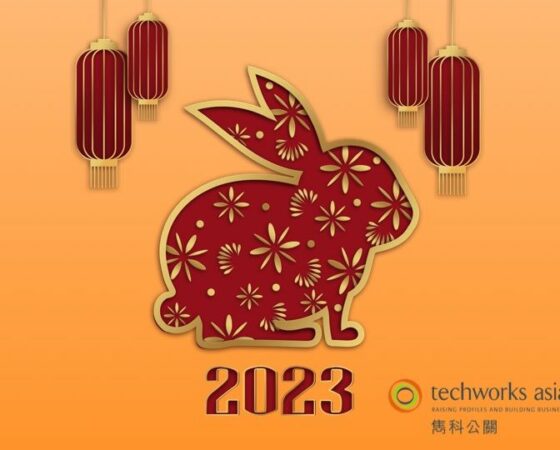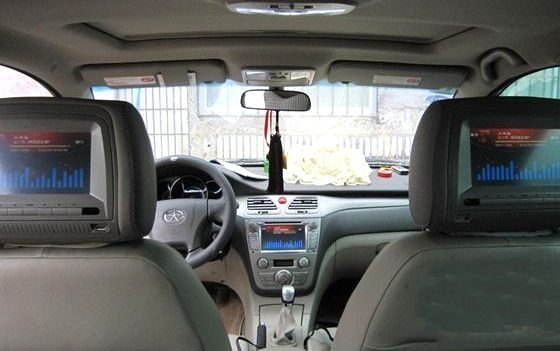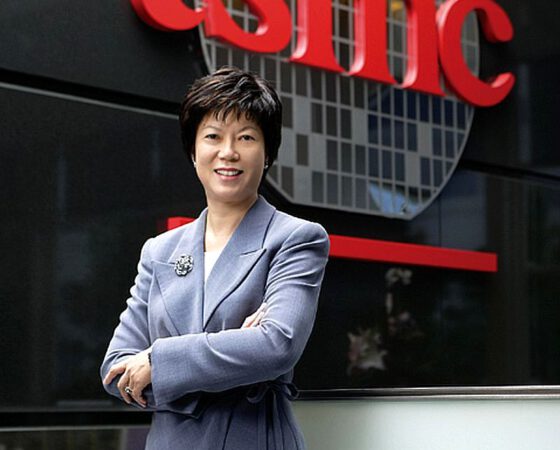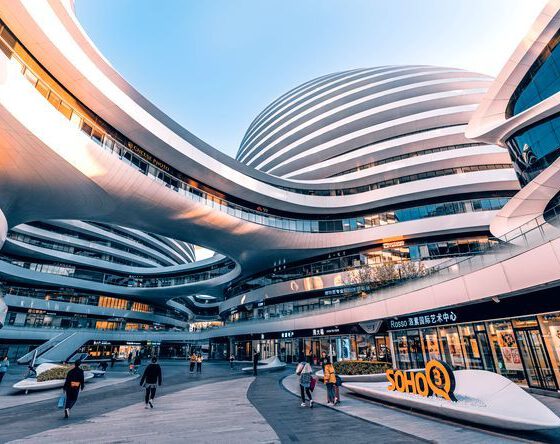Chinese consumers now represent 33% of the global market for luxury items – and the packaging and packaging technologies they require

For the packaging industry, China is something of an enigma. Official policy is committed to social equality, free from extremes of poverty and wealth, so it’s perhaps startling to learn that China is fast becoming the world’s largest consumer of luxury goods. Not surprisingly, many packaging companies are now eyeing China’s luxe market as a potential export target.
Underpinning these upward trends in luxury packaging demand is an associated need for companies to meet the higher quality and sophistication that such products demand in their packaging; in many cases, the latest in packaging machinery, software and technology is needed for the luxury products market in China, as it is for the other packaging markets outlined in the previous blog on food, beverage and pharmaceuticals packaging.
Does market research support the notion that China is a big spender on luxury goods? In the report, “What’s Powering China’s Market for Luxury Goods?”1 Bain & Company note that, “China’s luxury goods market is humming along nicely, with a second straight year of 20% growth in 2018. Think of it as a powerful machine running on four engines operating in perfect alignment.”
The report identifies a growing trend to Chinese consumers buying luxuries at home rather than abroad. They made 27% of their luxury purchases in China in 2018, up from 23% in 2015, with that figure likely to rise to 50% by 2025. Nevertheless, “Luxury spending by Chinese shoppers now represents 33% of the global market.”1
The report also notes that millennials (consumers aged between 23 and 28) are very much the market driver for luxury goods in China, and they are highly influenced by what they consider “cool” rather than by brand or pricing. Social media in China, such as the versatile and widely-adopted WeChat platform or the Twitter-like weibo, are a major factor in shaping opinions.
Within the ‘millennial’ demographic in China, women, apparently, are now the key segment. “Cosmetics, a traditionally female category, grew by more than 25% in 2018, for example, while watches, a predominantly male category, grew by less than 10%.”1
Packaging for the luxe look
The luxury goods market in China demands specialized packaging for a look that is at once “cool” and high-end. Companies with an expertise in packaging a range of products – including cosmetics, perfumes, confectionery, premium food and drinks, watches, and jewellery – will be eager to meet demand.
Phil Wild, CEO of James Cropper Specialty Papers, a UK company with a subsidiary in Guangzhou, comments, “Luxury packaging is one of the fastest-growing categories, and the business takes up 25% of our output value. Consumers buy luxuries not only for the products and services, it also shows their advocacy for brand and support for the product concept, and luxury packaging conveys the product concept to consumers the very first time.”2
The rapidly escalating cosmetics and personal-care segment in China is expected to drive a robust packaging market, going forward. According to Zion Market Research, the cosmetics-packaging market in China was valued at over US$5.87 billion in 2016, with this figure expected to rise above US$7.75 billion in 2022.3 Between 2017 and 2022, growth is expected to reach a CAGR of slightly above 4.8%.
Innovation is more than welcome in a market where there is growing acceptance of domestic brands, whose market share is seeing a gradual up-tick, posing competition for their foreign counterparts. R&D in innovative, eco-friendly packaging techniques is urgently needed to support the accelerated growth of China’s cosmetics packaging market over the next several years.
While the emphasis is on packaging that exudes glamorous good looks, the basic packaging format remains a key factor. The surging cosmetics segment drives the growth of convenience-oriented packaging, such as PET jars and collapsible metal tubes. PET jars are light in weight, and their wide shape enables consumers to easily take beauty and personal-care products out of the container. This type of PET packaging saw explosive growth in 2017, when it was adopted for a range of facial make-up, including foundation creams.4
Cost-effective home-care packaging
Returning from the giddy heights of luxury to more ’average’ needs in China, buying household goods, such as cleaners, in bulk appeals to China’s practical consumers, and the size of the packaging is the message! Not surprisingly, with the price tag the main concern when consumers purchase daily necessities, home-care products in large-pack sizes such as liquid detergents in 2,000-3,000ml containers and laundry aids in 1,500-3,500ml containers are now common. In addition to large packs, refill packages in plastic pouches have also gained in popularity due to their price advantages.10
References
- https://www.bain.com/insights/whats-powering-chinas-market-for-luxury-goods/
- https://www.chinadailyhk.com/articles/56/45/59/1551662247206.html
- https://www.zionmarketresearch.com/news/china-cosmetic-packaging-market
- https://www.euromonitor.com/packaging-industry-in-china/report

